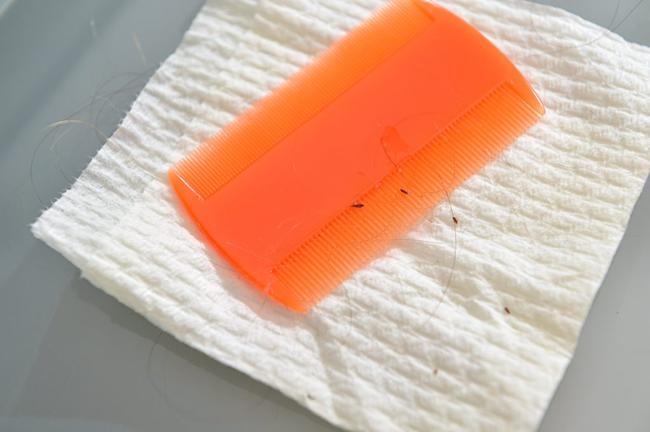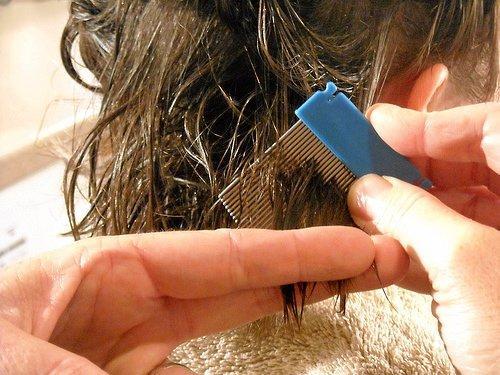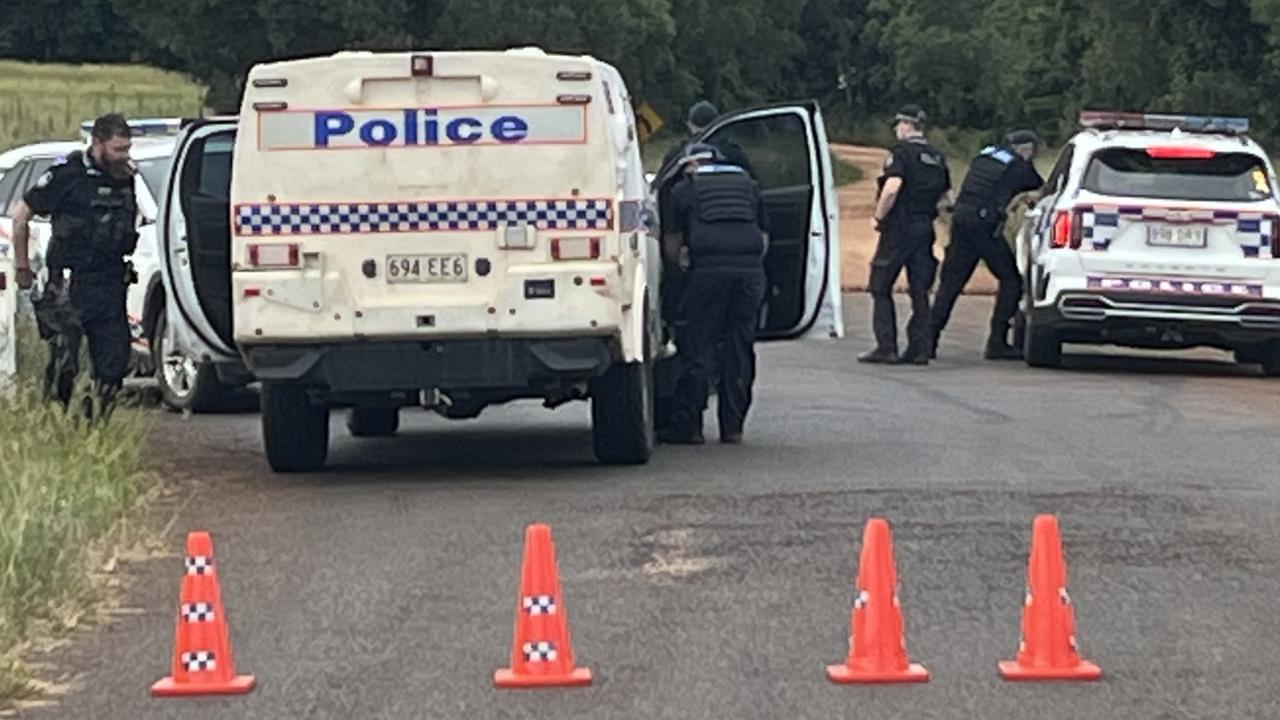Nine nit treatments that actually work
A GYMPIE mother is urging parents to treat children’s lice with vigilance after experiencing what she says has been the worst year ever for lice in her household.

Gympie
Don't miss out on the headlines from Gympie. Followed categories will be added to My News.
WE put the call out for effective ways to treat head lice after a Gympie mother said it had been the worst year for nits she had experienced with her primary school daughter.
Here are nine ways to get rid of nits that Gympie parents say works for them:
1. TEA TREE & LAVENDER
Tea tree and lavender essential oils in a spray bottle with water and or conditioner. Works a treat at keeping them at bay. Spray on you or your child's hair daily. (Brii Bliesner)
2. CONDITION & COMB
I followed the process of cover in conditioner, comb out live ones and pull out eggs individually. Repeat every 2nd day for 10 days. That's what works! Not those expensive shampoos. Painfully removing them. (Claire Field )
3. APPLE CIDER VINEGAR
You all need to buy apple cider vinegar pour it through the hair leave it in comb with nit comb dry and every day spary the apple cider vinegar making it moist onto your children's hair....I'm telling you its natural and it WORKS !!!! (Samantha Wilkinson O'May)
4. BROWN VINEGAR
Brown Vinegar, safe and works use with nit comb... change between this and tea tree and lavender spray... better than store bought products. (Angela Rumbel).
5. COCA-COLA
Wash hair then add Coke, let dry then wash out as normal. Works really well. Works on fleas too. (Christina Murphy)
6. COCONUT OIL
My son has allergies so I use coconut oil and a nit comb and it works a treat! (Bec Troy Smillie)
7. HAIR STRAIGHTENER
Hair straightner will kill the eggs if your kids can deal with the heat of it. (Jacqueline Vearing)
8. LICEWORX
LICEWORX head lice products. (Christine Binns)
9. HAIRSPRAY
Conditioner and the metal comb, along with putting it up each day and then adding hair spray as the nits don't like it. Sadly parents are not educated enough in the treatment, some think once is enough, but we need to be diligently looking each day until they are all gone. (Kathy Pitt)

EARLIER:
A GYMPIE mother is urging parents to treat children's lice problem with vigilance after experiencing what she says has been the worst year ever for lice in her household.
Her eight-year-old daughter, who attends primary school in Gympie, has spent the start of this year riddled with nits, despite her despairingly trying everything.
"There has only been two weeks of the year where she hasn't had nits in her hair," she told The Gympie Times.
"We have tried all of the natural and chemical treatments and spent a fortune, but they just keep coming back."
She believes the problem lies in nits being repeatedly spread at school, because parents fail to continue to treat lice after the initial treatment.
She said it is important to break the cycle by repeating treatments, and sterilising brushes and washing linen and items that have come into contact with the lice.
Leading head lice expert emeritus professor at James Cook University Rick Speare said incomplete treatment cycles can be the cause of recurring head lice.
He told parenting website Kidspot that parents mistakenly believe they need only check when itching and scratching is present, but the most effective regime consists of two treatments, seven days apart.
He said while some developments in nit treatment mean some cases treated with a dimeticone product, such as NYDA and NYDA Plus, may only require one treatment because they can kill embryonic lice in eggs - in most cases, two treatments are needed to rid the pests.
He said children should be checked thoroughly once a week for lice.
"People are lazy; they think they can do it once and it goes away," the fed up Gympie mother said.
"It's a pain in the bum but you just have to do it."
Spotlight on treatment products
Kidspot listed more than 20 head lice products on the market in Australia, falling into four groups based on the active compounds:
• Pyrethrin: for example Banlice Mousse and Pyrenel Foam.
• Synthetic pyrethroid (permethrin and bioallethrin): for example Lice Breaker Pyrifoam Treatment, Orange Medic Plus, Quellada head lice treatment and Paralice Aerosol Spray.
• Organophosphates like malathion or maldison: (Hugh Alsop cautions this agricultural pesticide recently hit the news in Hong Kong in relation to cases of food poisoning), found in products such as KP24 medicated foam and lotion.
• Herbal and essential oils: the active ingredient in NitBusters, Ego Moov Head Lice Foaming Gel, Ego Moov Head Lice Solution, and Thursday Plantation Tea Tree Head Lice Gel.
Professor Speare said head lice are showing widespread resistance to permethrin and pyrethrins, while recent findings were labelling treatments with dimeticones, which are silicon-based oils as the best.
He said if parents are still finding lice after treatment they should check the product they are using to make sure it does not contain an ingredient that lice are becoming immune to.


